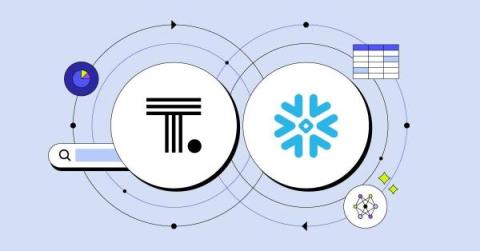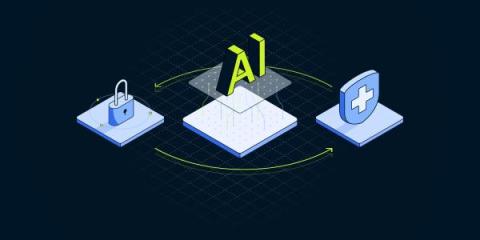A Closer Look at The Next Phase of Cloudera's Hybrid Data Lakehouse
Artificial Intelligence (AI) is primed to reshape the way just about every business operates. Cloudera research projected that more than one third (36%) of organizations in the U.S. are in the early stages of exploring the potential for AI implementation. But even with its rise, AI is still a struggle for some enterprises. AI, and any analytics for that matter, are only as good as the data upon which they are based. And that’s where the rub is.











